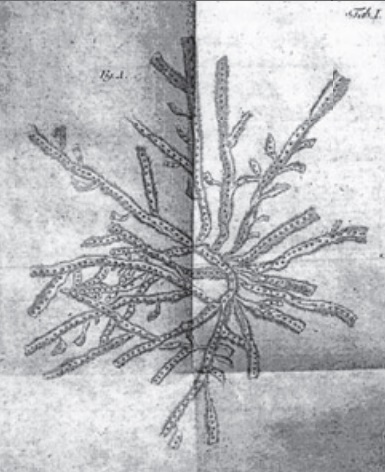Ice and Alpine Caves in Slovenia in Older Literature (17th to 19th Century)
DOI:
https://doi.org/10.3986/ac.v33i1.315Povzetek
Z današnjega slovenskega ozemlja je najstarejša literatura iz 16. stol. (opis Cerkniškega jezera, raziskave podzemeljskih vodnih zvez), toda alpske in ledene jame se v njej ne pojavijo pred 17. stol. Najpomembnejše in najbolj znano je Valvasorjevo delo “Die Ehre des Herzogthums Crain” (1689). Opisuje 3 jame iz Alp, a nobena ni prava jama. Izjema je izvir Savica, za katerega se je 250 let kasneje izkazalo, da je v resnici izvirna jama. Opisuje tudi nekaj ledenih jam in led v njih. Nekatere izmed teh je stoletje kasneje obiskal B. Hacquet, ki v delu “Oryctographia carniolica …” (1778 – 1789) jamski led razlaga pravilneje. Če upoštevamo Schmidlovo delo “Die Grotten und Höhlen von Adelsberg …” (1854), ki velja za prvo sodobno speleološko delo, lahko od srede 19. stol. dalje govorimo o pravi speleološki literaturi. V Gratzyjevem seznamu kranjskih jam s konca 19. stol. je omenjenih 7 alpskih jam in 30 ledenih jam. Zadnje so večinoma izven alpskega prostora, saj so tam ledene jame običajen pojav. Literatura, ki omenja alpske in ledene jame, je zelo različna, vmes so temeljna speleološka dela o ledenih jamah, kot sta Fuggerjevo »Eishöhlen und Windröhren” in Schwalbejevo “Über Eishöhlen”, pa tudi lokalna literatura, ki npr. poroča o pridobivanju ledu iz jam.
The first printed literature mentioning caves in a nowadays Slovenia dates to the 16th century already (description of Cerkniško lake, research of underground water connections) but description of alpine and ice caves does not appear before the 17th century. The most important and the best known is Valvasorʼs work “Die Ehre des Herzogthums Crain” (1689). In the Alps he describes 3 caves, but none of them is a real cave. Exception is a spring of Savica which proved 250 years later to be really a spring cave. He described also some ice caves and ice formations in them. B. Hacquet visited some of the same caves a century later and in his work “Oryctographia carniolica …” (1778 – 1789) explained the formation of ice more realistically. In the middle of the 19th century appears a real speleological literature, as Schmidlʼs work “Die Grotten und Höhlen von Adelsberg …” (1854) is regarded as the fi rst “modern speleological work”. At the end of the 19th century the Gratzyʼs list of caves in Carniola (great part of the todayʼs Slovenia) includes 7 caves from the Alps and 30 ice caves. The last are practically all out of the high mountains, where the ice caves are a normal feature. The 19th century literature including alpine and ice caves is very diversifi ed, there are “classical” speleological works on ice caves as Fuggerʼs “Eishöhlen und Windröhren” or Schwalbeʼs “Über Eishöhlen”, and local literature or reports talking about extracting of ice for example.
Prenosi

Prenosi
Objavljeno
Kako citirati
Številka
Rubrike
Licenca
Avtorji jamčijo, da je delo njihova avtorska stvaritev, da v njem niso kršene avtorske pravice tretjih oseb ali kake druge pravice. V primeru zahtevkov tretjih oseb se avtorji zavezujejo, da bodo varovali interese založnika ter da bodo povrnili morebitno škodo.
Podrobneje v rubriki: Prispevki




